Everyone has heard of the King who lost his head, Charles I. He is considered by some to have been a reckless ruler, who thought only of himself, also being stubborn and arrogant.
But I believe him to be a misunderstood man and Monarch, who paid the ultimate price for being ill-advised, not reading the political landscape correctly, and for some personality flaws, which, under different circumstances, might not have led to regicide (the killing of a King).
In this article, we will look at Charles’ childhood and how it shaped him into the King who would be tried for treason.

Who was Charles I?
Charles was born in 1600 at Dunfermline Castle, Scotland, to James VI and Anne of Denmark. His lineage made him a distant cousin to Elizabeth I, through his father’s line to Margaret Tudor, sister of Henry VIII.
James VI had ruled in Scotland since he was just 13 months old, his mother, Mary Queen of Scots, being ousted by the nobles. It was in March 1603 he acceded to the English throne, and he took his family south across the border, shortly thereafter. Charles, however, did not follow his father and family down to England, as he was a sickly child; it was feared he would not survive the days of travel it would take to reach London.
When it was discovered that he was able to walk the length of the great hall at Dunfermline Palace unaided, it was decided that the young Prince was strong enough to make the journey, and thus to be reunited with his family in the summer of 1604.
Under the care of Elizabeth, Lady Carey, Charles was made to wear boots of Spanish leather and brass to help strengthen his weak ankles. His speech development was slow, too, and for the remainder of his life, he retained a stammer.
It may come as a surprise to some that Charles I was not destined for the throne – he was the ‘spare’ as the second son of the Stewart (later Anglicised to Stuart) King. His elder brother, Henry was tall, strong, athletic, bright, and adored by the family and courtiers. It was much the same for his sister, Elizabeth, and she and Henry appeared close. Charles on the other hand was meek, sickly and (some think) oft ignored.

He idolised Henry, and, having largely overcome his physical disabilities, Charles became an adept horseman and marksman, attempting to emulate his brother. Combined with his speech impediment and slight build, it appears he was quite insecure, and may have developed something of a complex later on.
This all changed in 1612, when, following a swim in the Thames, Henry contracted typhoid. He succumbed in early November, leaving Charles unexpectedly as heir to the throne. Since James hated funerals, Charles was appointed chief mourner at his brother’s burial, and from herein began to shoulder the burden of Royal duties.
The following year, in 1613, Elizabeth, was also taken away from Charles: she had been matched with Frederick of the Palatinate, leader of a German principality, and she moved to what is now Germany with her husband, leaving her brother behind.
His father’s influence:
James VI & I was a broadminded man, perhaps the most intelligent to ever sit on the throne of England. He understood there could be differing views on religion and the correct way to worship – quite unusual for the day – and he was a talented scholar in languages, theology and other areas.
One thing James would not budge on, however, was his belief in the Divine Right of Kings: that is, the belief that Monarchs derive their authority from God alone and not their subjects, also claiming that rebellion is the worst of political crimes. Charles was also raised to believe this – something that did not work in his favour later on in life, when he demanded unwavering support from his people.
In the early 1620s, plans were being made to find Prince Charles a wife. King James, being broadminded and keen to be a peacemaker after the bloody battles of the Thirty Years’ War on the continent, sought a Catholic bride for his successor. Parliament disagreed, though, and debated Protestant Princesses for the match. Both James and Charles considered it impertinent of Parliament to discuss the plans for marriage, as well as an infringement of the Royal Prerogative. Charles had become stubborn, believing that what his father, and then he, did, was the will of God – unquestionable, irreproachable and down-right none of the people’s business.
The Buckingham Question:
Known as the only openly-gay King, James I had dalliances with various men during his reign. One of his favourites proved to have quite the influence on young Charles…
The fall of Robert Carr, Earl of Somerset took hold in 1613. Carr had been the first firm royal favourite of James’, but the Overbury Scandal implicated Carr in the death of courtier, poet and his own friend, Sir Thomas Overbury. The courtier had disagreed with Carr’s marriage to Henrietta Howard, who had to divorce to marry the Scot. Overbury ended up in the Tower (for refusing an ambassadorship the King offered to get him out of the way), and was later poisoned to eradicate this opposition: both Carr and Henrietta Howard were found to have been involved.
The Earl of Somersert was imprisoned for a brief term, with James commuting the death penalty as a final act of favour.
Warring factions took no time, and put George Villiers into the arena to satisfy James’ interest: it worked. George was later created Duke of Buckingham, and he spent much time with James, but he also made a point of befriending Charles, too. A tactician with calculating minds behind him, Villiers knew that favourites rarely survived the succession, and he wanted to ensure he was the one that did.

Villiers’ influence only increased as time wore on, and he became something of a permanent fixture at James’ side, meaning he would have been at court, with ample opportunity to sway the teenage Prince. With the King’s ear and political influence as a member of the Privy Council, Buckingham grew to be a hated figure within England – not that James or Charles cared.
James tasked Buckingham with accompanying his son over to Spain to secure a Spanish match, which he had been negotiating since 1614. The King wanted to be seen as a peacemaker, even styling himself Rex Pacificus, to unite a Protestant Prince and Catholic Princess while the 30 Years War raged on the continent. The dowry of £500,000 wouldn’t hurt James’ depleted coffers either… he was, after all, known for his lavish spending on stocking deer parks for hunting, and extravagant banquets with too many courses to eat.
The two travelled incognito (after they had bent James’ will) to the Iberian peninsular in 1623, and snuck in to the royal complex in Madrid to woo Infanta Maria. The English Ambassador had not been told, surprising all involved. Maria herself was outraged that Charles would attempt to even approach her in such a disrespectful manner, and it proved her strong feelings against the match: she wanted a Catholic husband.
Naively, it had not been entertained that negotiations were still ongoing because they kept English and Scottish forces from the 30 Years War, fighting for the Protestants against the Catholic Spanish. The Spaniards would also only agree if all penal laws against Catholics in England were repealed. James may have been broad-minded, but he understood the need to keep his Catholic subjects under control, and not to encourage conversion.
Affronted by their treatment in Spain, Charles and Buckingham now turned to James to call for war against the Spanish Habsburgs – and instead look for a French bride.
Alongside the failed Spanish Match, Buckingham was involved in the mishandling of many a-mission (including the Mansfeld expedition to recover the Palatinate for James’ daughter and son-in-law, and assisting the French protestants at La Rochelle), which further damaged the Duke’s popularity with the people.
MPs sought to impeach Villiers for his nepotism at court and general incompetence, but James would simply dissolve Parliament whenever this issue was raised, to protect Steenie, as he had nicknamed Villiers.

James’ death in 1625 changed nothing for Buckingham, with King Charles I continuing to protect him from Parliament’s attempts to impeach him, which would have ended his career and lost him his place at court.
Buckingham remained in Charles’ inner circle until 1628: the Duke was stabbed to death in Portsmouth by a disgruntled soldier who had once been part of Villiers’ team. A vicious death – being stabbed 28 times – soothed the people, who subsequently held bonfires and street parties in London to celebrate his death. Charles was furious that his people could treat his best friend in such a way.
With no elder brother figure or close confidant, the Queen, Henrietta Maria, became his adviser following Buckingham’s murder, which had grieved him so; the pair had married shortly after Charles’ accession.
As a younger daughter of Henri IV of France and Marie de Medici, Henrietta Maria was not (like many Princesses) trained in politics. Her lack of experience in the arena of ruling, as well as her firm belief in the Divine Right of Kings, saw her offer Charles poor advice. She thought Parliament and the people should be more respectful to their Sovereign, and so the Caroline court became increasingly isolated, as Charles refused to summon Parliament, knowing he would have to deal with their demands if he wanted anything in return.
Charles was, however, a loving and faithful husband, a fond father, who enjoyed playing with his children, and a loyal friend.
He He was courageous, high-minded, intelligent, dignified. He had a strong paternalist sense of public duty. In a different age he might have been an exemplary constitutional monarch. Yet he lacked the common touch. He could not disarm criticism with a jest but took refuge in an icy silence.

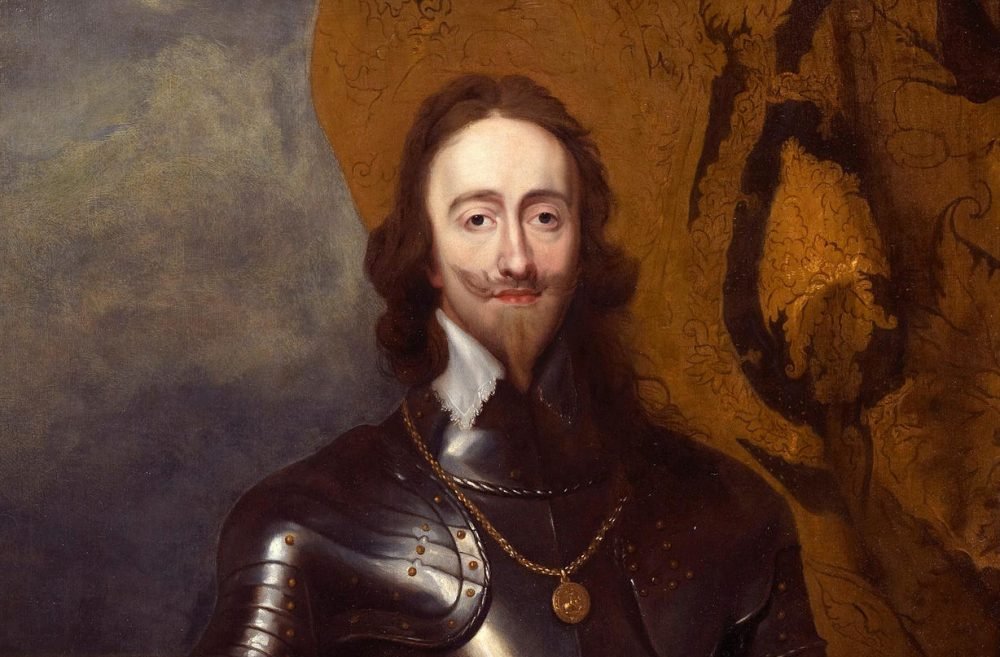

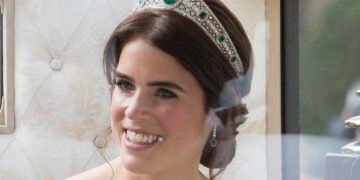

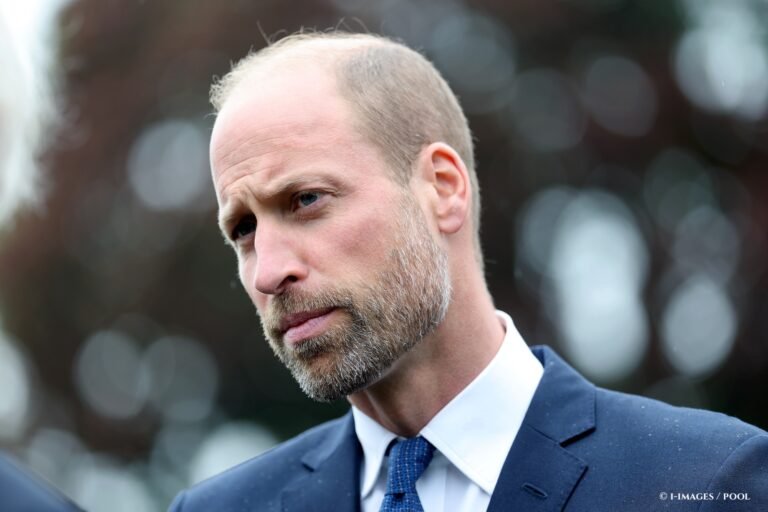
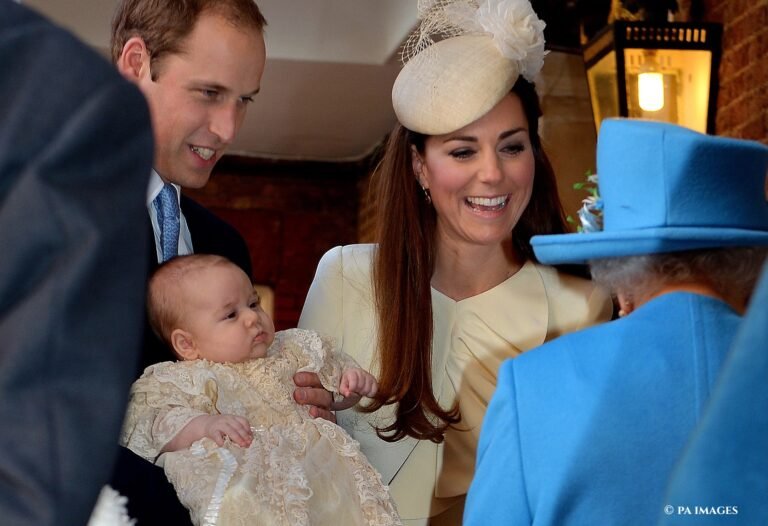
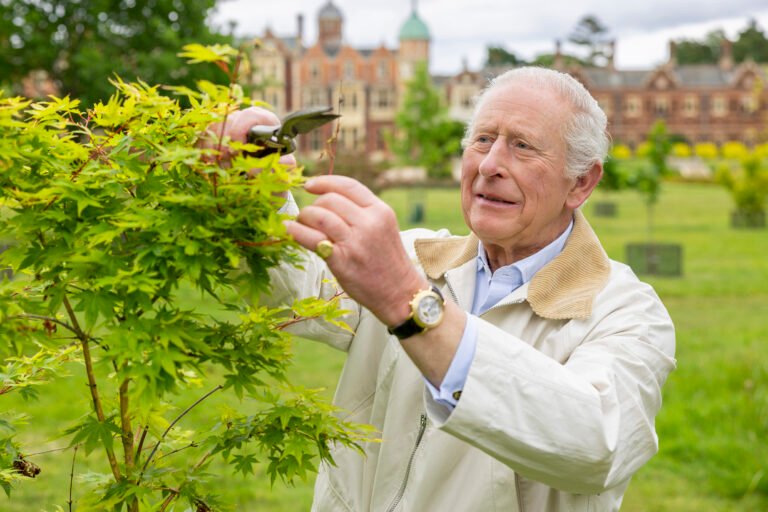
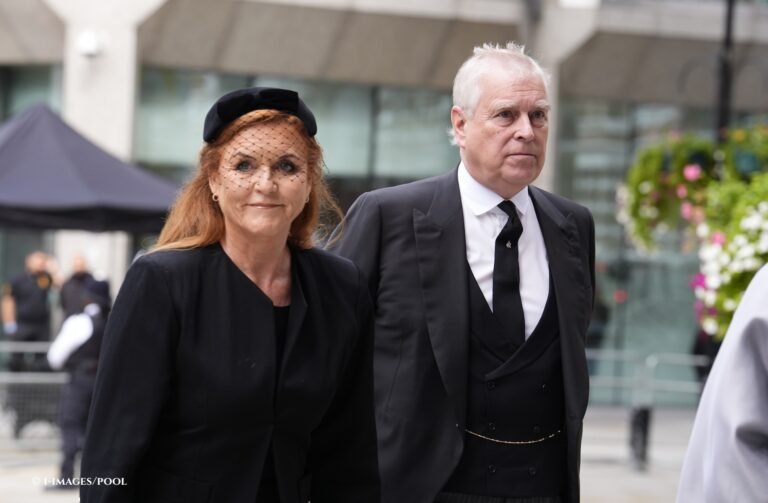
This piece is stellar.
But Where Is Part TwO? I Wanted to read both before commenting.
Aloha, D. Spencer Hines